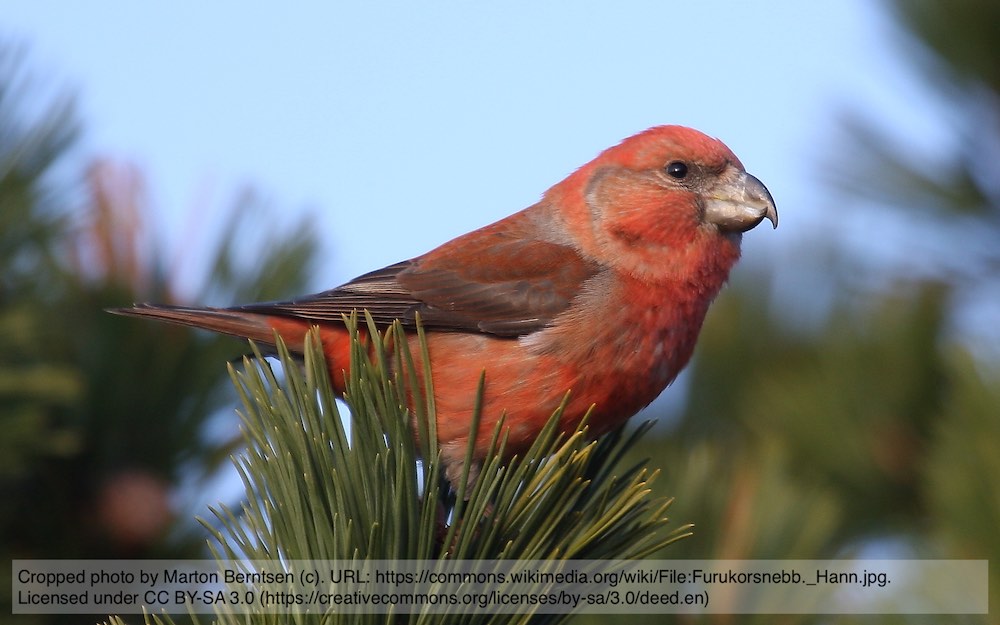Artbildning hos korsnäbbar (släktet Loxia) i Västpalearktis - en studie av fossial fynd
DOI:
https://doi.org/10.34080/os.v1.19516Abstract
The systematics of West Palearctic crossbills of Genus Loxia has long been disputed. The Scottish form scotica has been considered a species or a subspecies of either Loxia curvirostra or L. pytyopsittacus. The reason is the size and form of its bill which is intermediate between that of the two species. It feeds on pine cones as do four Mediterranean subspecies which also have larger bills than spruce feeding curvirostra. An examination of about 30 fossil Loxia records reveals that curvirostra type crossbills lived in South Europe and the Near East all through the last glaciation and that pytyopsittacus type crossbills lived in the Alps towards the end of the glaciation. These South European crossbills must have fed on Pine since no other conifers were available, and they must have been isolated from Siberian congeners. With the spread of Pines northwards with the retreat of the ice the crossbills followed. The fossils allow two alternative hypothesis depending on whether the large crossbills in the Alps are considered a species or not. If they were pytyopsittacus this species is rather old and both curvirostra and pytyopsittacus spread northwards at the end of the glaciation. One of the species must have gone extinct in Scotland and South Europe and possible curvirostra must have merged with curvirostra spreading with the Spruce from the east. On the other hand, if the Mediterranean crossbills of the Ice Age represent a single, variable species then all the large-billed forms, pytyopsittacus, scotica and the Mediterranean subspecies are descendants of the old “Pine” crossbills of South Europe.
Nedladdningar

Downloads
Publicerad
Referera så här
Nummer
Sektion
Licens
Författaren/författarna innehar copyright för varje enskilt bidrag, men samtliga bidrag är publicerade under en Creative Commons-licens, så att vem som helst kan dela och återanvända bidraget förutsatt att copyright-innehavaren erkänns.







